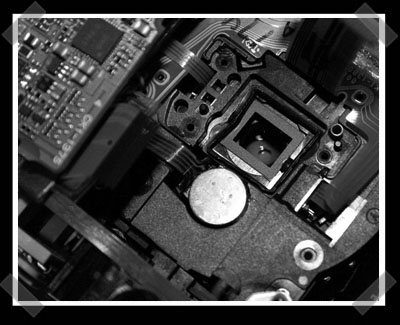
Time lapse photography can seem out of reach for many of us who don’t have fancy cameras(or a hacked cannon point and shoot). We recently covered using a TI-83 as a timer, and now we’ve gathered a collection of DIY intervalometers to help you get clicking.
Up first, for those of you who don’t want to dismantle your camera, here are some mechanical ones that will work on any camera.
[Simplesimon] has done a fantastic job with this integrated system pictured above. He’s added an adjustable solenoid to click the shutter release. By including a second kit board to handle an RF remote, it has remote single shot capabilities too!
Continue reading “Intervalometers And Timelapse Photography”











